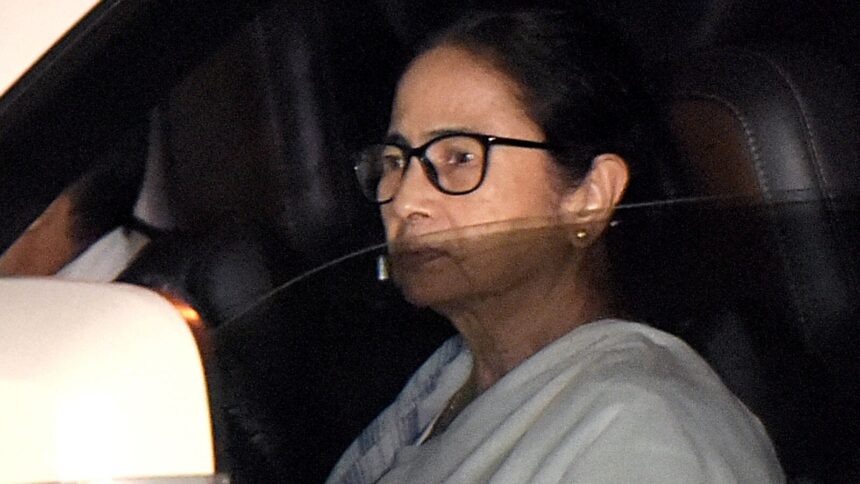Understanding Mamata Banerjee’s Upcoming Visit to Sandeshkhali: Context and Implications
Introduction
On December 30, 2024, West Bengal Chief Minister Mamata Banerjee is set to visit Sandeshkhali for the first time following a controversy surrounding allegations of sexual harassment linked to leaders of the Trinamool Congress (TMC) party. This visit signifies not only a crucial moment for Banerjee as she navigates the political fallout of the past weeks but also highlights ongoing issues of community safety, governance, and welfare in West Bengal.
The Context of the Visit
The backdrop to Banerjee’s visit is marked by significant unrest in Sandeshkhali. Local residents have raised concerns about land-grabbing and harassment allegedly perpetrated by TMC leaders, leading to mounting protests and calls for accountability. With a history of politically charged issues in the region, the recent controversy surrounding harassment claims intensified public sentiment against the ruling party.
In light of these events, Banerjee is expected to attend a public distribution program aimed at benefitting around 20,000 locals. This initiative likely serves two primary purposes: delivering essential government assistance to residents and attempting to restore faith in her leadership amidst growing discontent.
Political Implications
This visit is critical not only for addressing local grievances but also for Banerjee’s broader political strategy. Having faced scrutiny over the alleged misconduct of TMC members, the Chief Minister must balance community outreach with damage control. Public appearances such as these can be a double-edged sword; while they provide an opportunity to demonstrate commitment to the welfare of constituents, any missteps could exacerbate existing tensions.
Additionally, Banerjee’s visit occurs in a larger context of ongoing state politics and the upcoming election cycles. The TMC’s ability to manage local issues effectively could significantly impact its standing in future polls. By engaging directly with the populace, especially in a region fraught with challenges, Banerjee hopes to consolidate her party’s support base and counter narratives of ineffectiveness.
What to Expect During the Visit
During her time in Sandeshkhali, Banerjee is anticipated to discuss various state schemes and initiatives designed to uplift underprivileged communities. These may include programs related to:
- Food Security: Ensuring that local families have access to essential resources, particularly in light of economic strains exacerbated by recent events.
- Housing and Land Rights: Addressing grievances surrounding land-grabbing and providing clarity on policies related to housing and land ownership.
- Women’s Safety: Given the context of the visit, it is likely that Banerjee will emphasize the government’s commitment to improving the safety and security of women, trying to alleviate fears caused by recent allegations and ensuring that voices of women are heard in governance.
Community Reactions
Local residents and activists are observing the visit closely, with mixed feelings. Some hope the program will lead to genuine change and improvements in local governance, while others remain skeptical about the effectiveness of such engagements. This dichotomy reflects broader sentiments in West Bengal politics, where public confidence in political leaders can swing rapidly based on their actions and responsiveness to issues.
Conclusion
Mamata Banerjee’s visit to Sandeshkhali represents a pivotal moment for her administration as it deals with the fallout of serious allegations and protests. By attending the public distribution program, Banerjee aims to demonstrate her ongoing commitment to her constituency while navigating a complex political landscape. The success of this visit may not only influence local perceptions but could also have broader implications for the TMC as it prepares for the electoral battles ahead. Understanding these dynamics is crucial for comprehending the wider narrative of West Bengal’s political landscape in the coming months.










